Educator
It is my lifelong goal.
GOOD WEATHER SKIN
Patio Picnic @ Sauced Brooklyn
Event

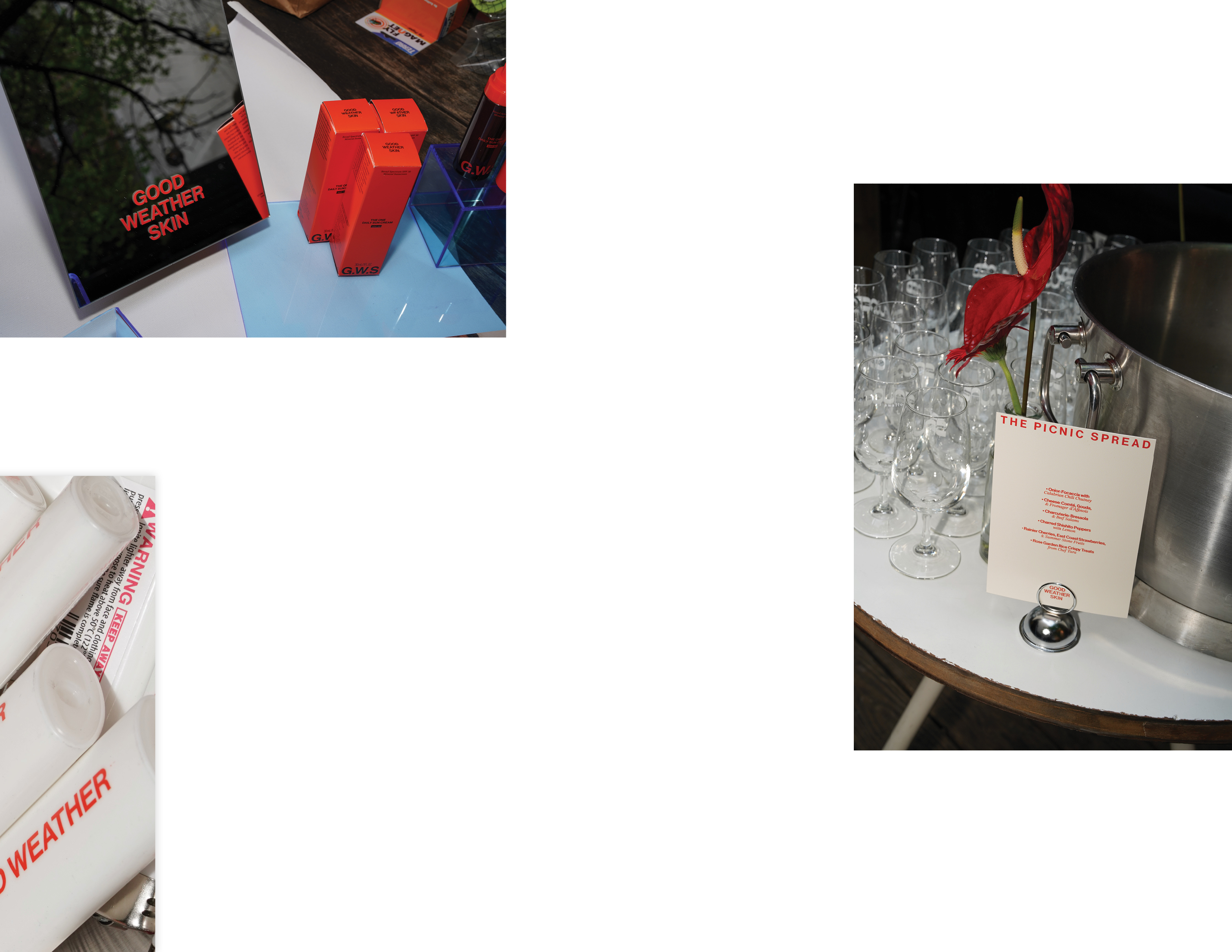
I worked with GOOD WEATHER SKIN for their event PATIO PICNIC @ Sauced Brookyln, NY. I designed the event poster, product decals for lighters and napkins, and a custom menu card. The graphic identity was guided by an open and airy typographic system—each letter spaced intentionally to echo the spirit of the gathering: an open space for people to wander in, lounge, and enjoy good food and good weather. The designs aimed to visually reflect the laid-back, generous, and joyful tone of the event.
Creative Direction: Alexandra Spunt
Creative Direction: Alexandra Spunt


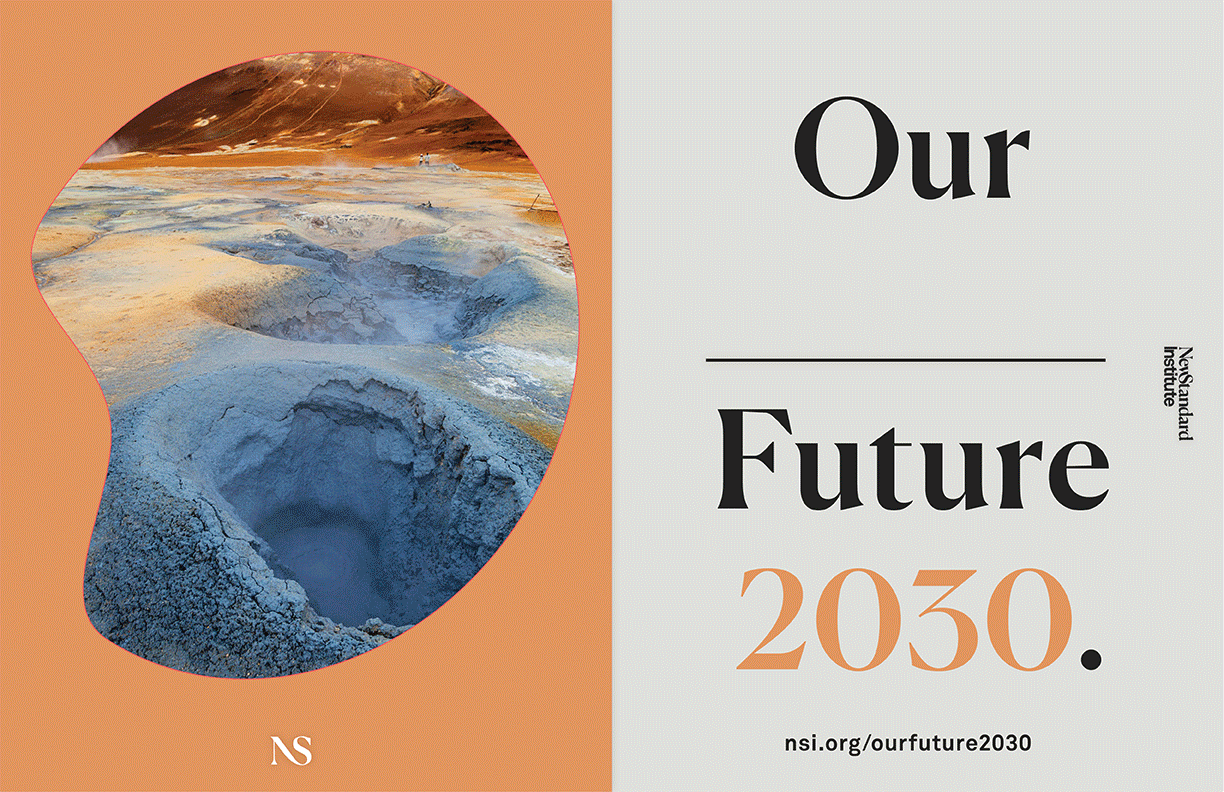
What happens if we start now? What happens if we don’t. This is a project we’d like your help with. Beautiful 2030 campaign is a call to Creatives & Visionaries. Through the lens of sustainability in fashion, visualize our future. You may write it, construct it, film it, narrate, animate, paint, sculpt, cartoon or photograph it. We need to take actions from now on and what kind of future you are visioning? Beaufitul Future or Future Nightmare?
Creative Direction: Courtney Vincent & Mathew SwensonClick to download the full campaign here.
Creative Direction: Courtney Vincent & Mathew SwensonClick to download the full campaign here.
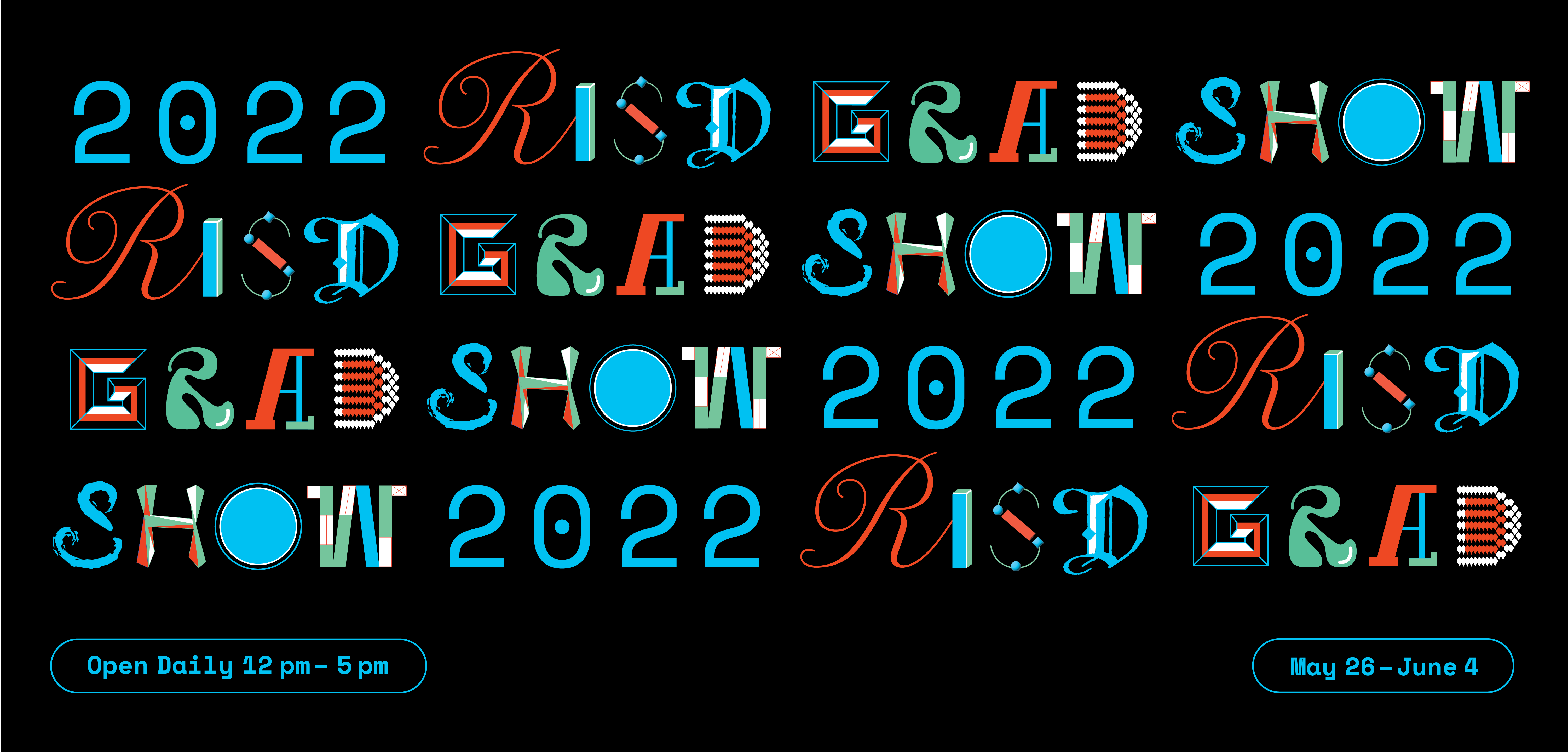

It was a blast that Zengqi and I had the opportunity to collaborate on the identity system for this year’s Risd Grad Show. The identity means celebrating the multidisciplinary and inclusivity between each major while the students at risd constantly cross the boundary between mediums, materials, and textures to apply to their works.
The system applies to various platforms, including a website, various-sized posters and banners, print ads, digital ads, and social media.
View full Grad Thesis Students work digitally at:
https://publications.risdmuseum.org/grad-show-2022
The system applies to various platforms, including a website, various-sized posters and banners, print ads, digital ads, and social media.
View full Grad Thesis Students work digitally at:
https://publications.risdmuseum.org/grad-show-2022
Sydney Skybetter
Keynote Lecture @ Harvard University in April 2024
Poster Design, 24in X 36in

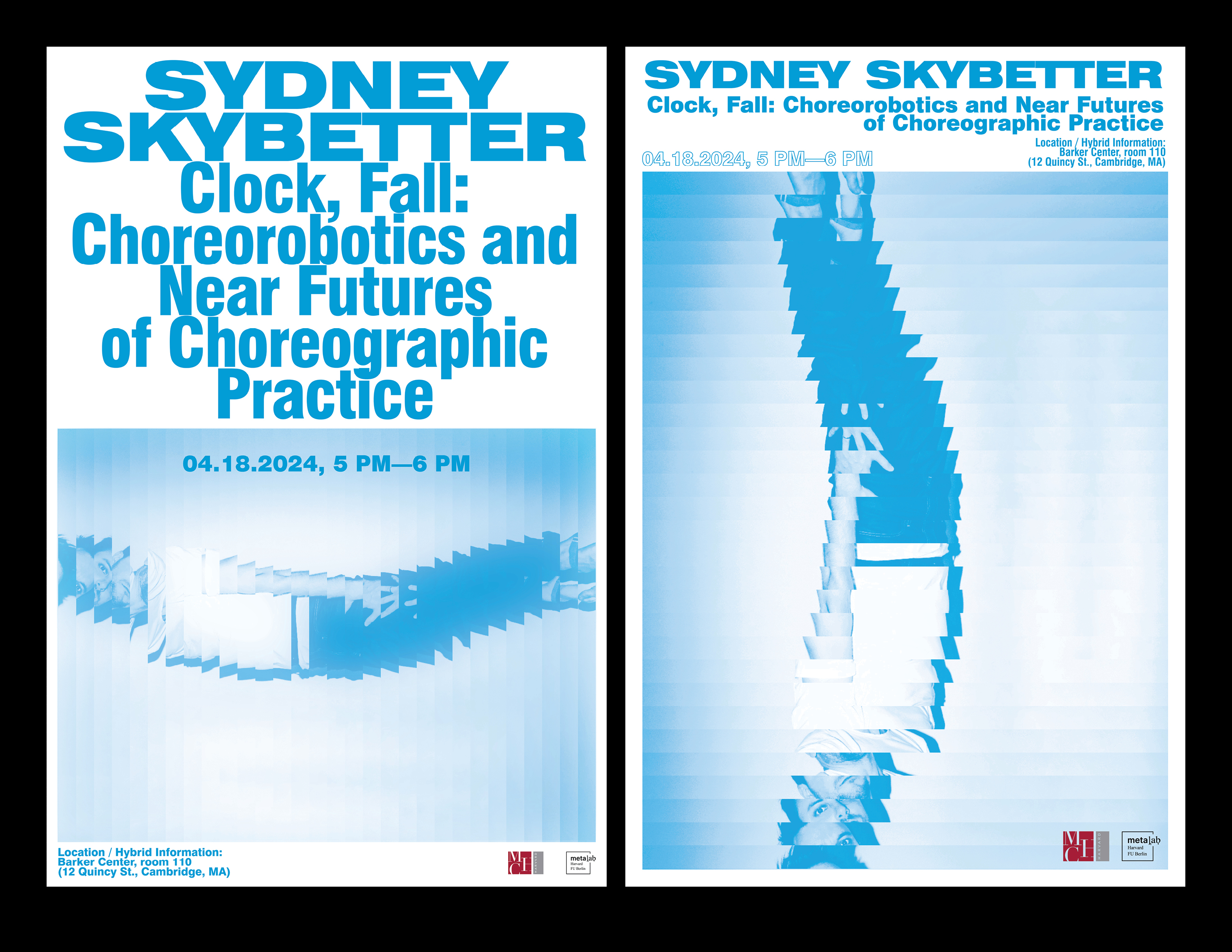
I designed a series of promotional posters for choreographer Sydney Skybetter’s keynote lecture at Harvard University in April 2024. The lecture explored Skybetter’s research on the origins of choreorobotics, recent advancements in the field, and how emerging technologies can be shaped or disrupted by collective action and coalition building.
“Treasure” Chest
The Coffin Carries More Than Bodies
Client: RISD Museum
Motion, Video Editing
Motion, Video Editing
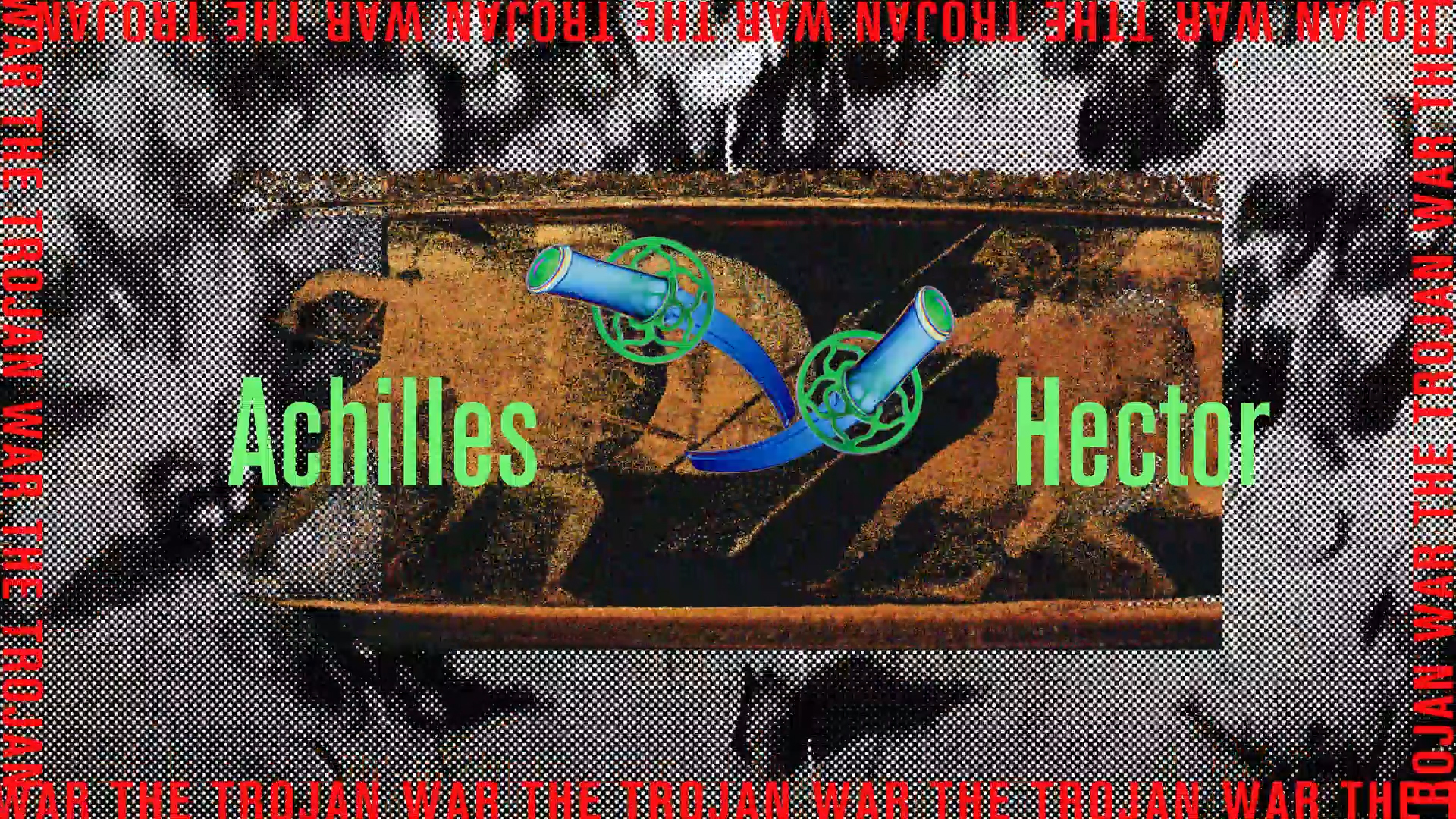


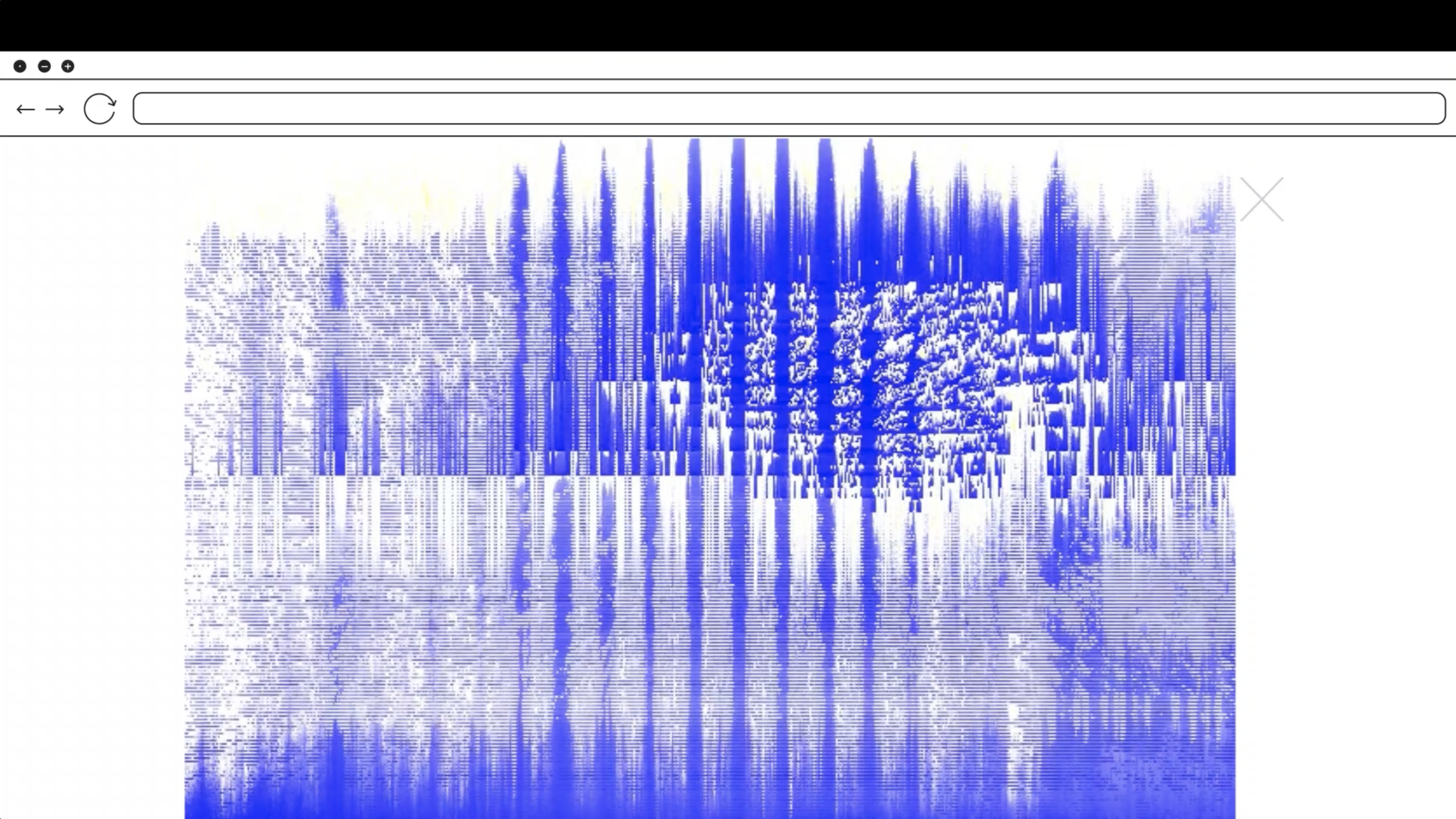
The Roman sarcophagus (or stone coffin) is an example of funerary art that dates back two thousand years. The word sarcophagus emerged from Greek roots that roughly translates to the compound phrase, “flesh eating.” A number of examples of ancient Roman sarcophagi now reside in the permanent collection of the RISD Museum. I’ve been puzzled over the public’s lack of physical access to these objects: how can people understand the actual value and embodied meaning of these stone vessels when the public is prevented from touching them—and even from standing too close to their display? The public’s access is channeled instead through an interpretive label, or audio guide, provided by the museum. I sense people lose interest quickly and quickly leave the artwork behind. I suspect, however, that there may be others like me who are curious to know what’s inside these closed containers. In Treasure Chest, I dissect a sarcophagus from its surface inward, seeking to expose its heart and share it with others. My goal is to offer a deeper, decidedly tactile experience that exposes the interiority of these ancient funerary objects and reframes public engagement with their form and purpose through a digital place.